Entry Category: Criminal Activities - Starting with C
Cotton, John (Lynching of)
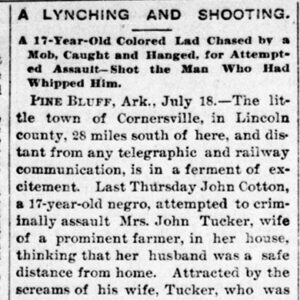 John Cotton Lynching Article
John Cotton Lynching Article
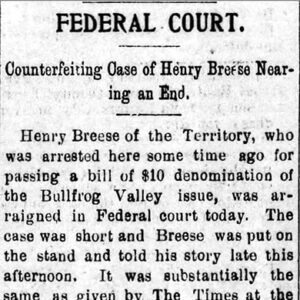 Counterfeiting Article
Counterfeiting Article
Covenant, the Sword and the Arm of the Lord
Covington, Riley (Reported Lynching of)
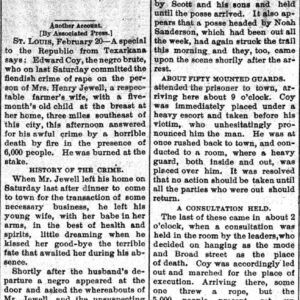 Coy Lynching Article (AP)
Coy Lynching Article (AP)
 Coy Lynching Article
Coy Lynching Article
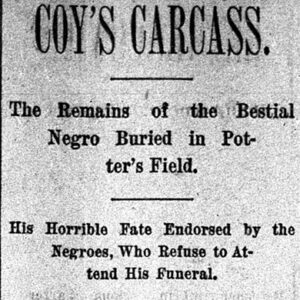 Coy Lynching Article
Coy Lynching Article
Coy, Edward (Lynching of)
Crawford, Maud Robinson
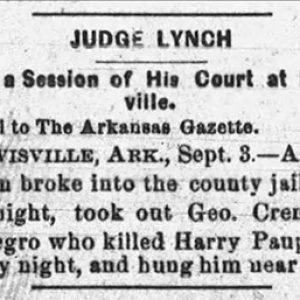 George Crenshaw Lynching Article
George Crenshaw Lynching Article
Crenshaw, George (Lynching of)
 Crittenden County Lynching Article
Crittenden County Lynching Article
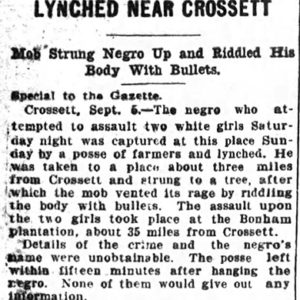 Crossett Lynching Article
Crossett Lynching Article
Crossett Lynching of 1904
Crownover (Lynching of)
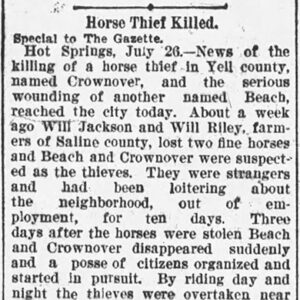 Crownover Lynching Article
Crownover Lynching Article
 Andy Crum Bank Note
Andy Crum Bank Note
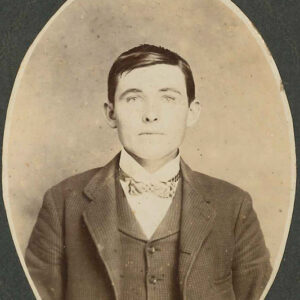 Andy Crum
Andy Crum
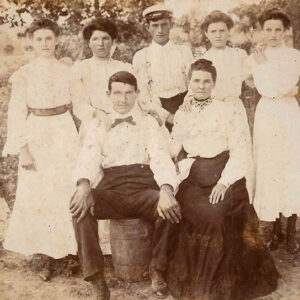 Andy Crum
Andy Crum
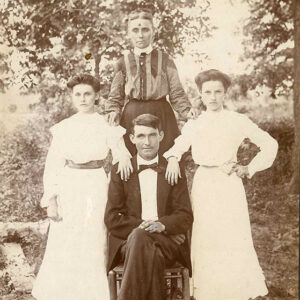 Andy Crum
Andy Crum
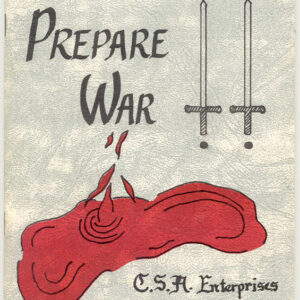 CSA Booklet
CSA Booklet




